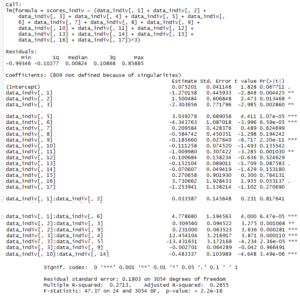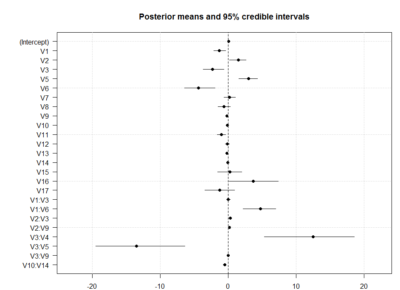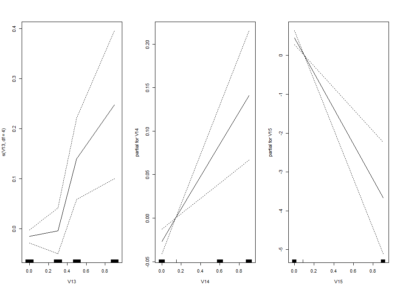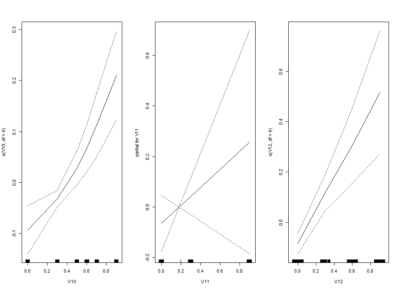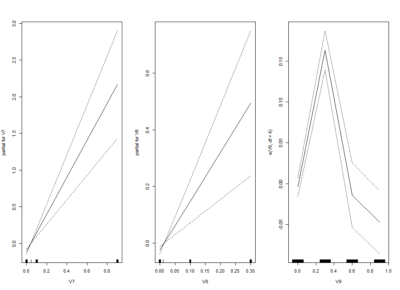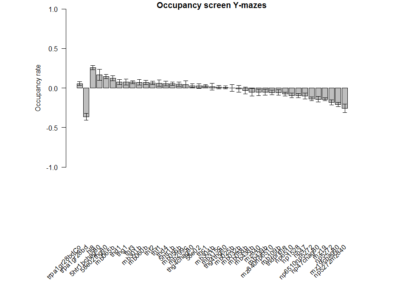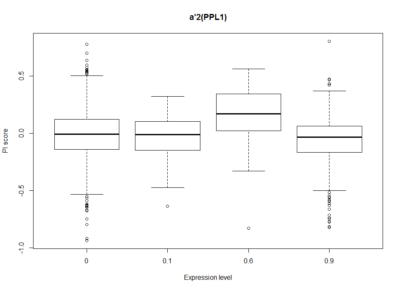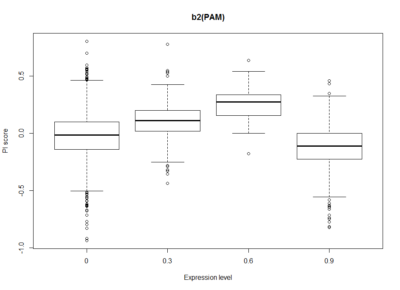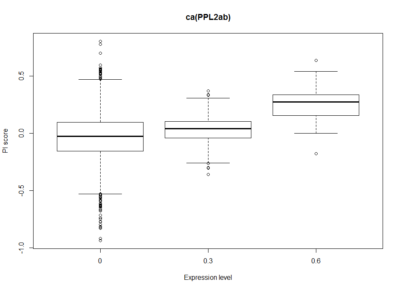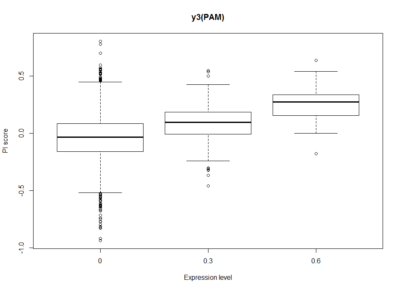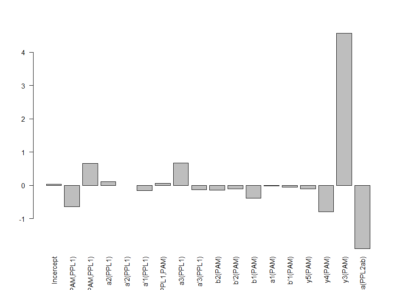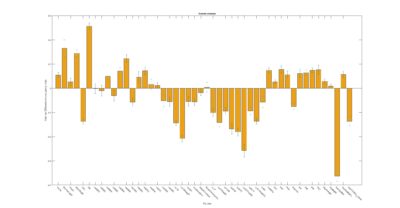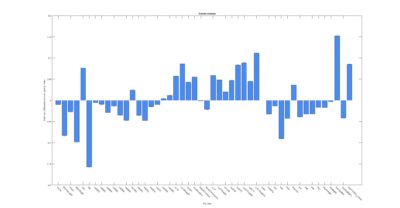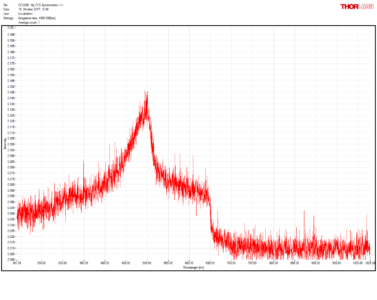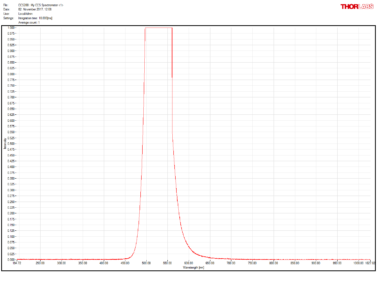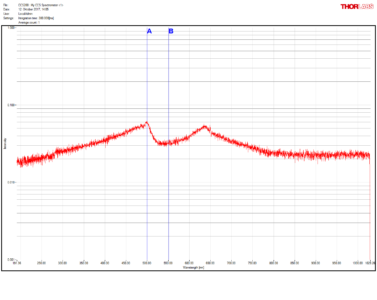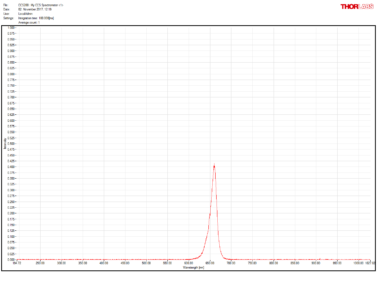More on valence inference
on Monday, July 2nd, 2018 2:00 | by Christian Rohrsen
This is the linear model with its statistics
This is the linear model adding interactions. It is perfectly possible to have interactions between neurons, kind of what occurs with olfactory processing where ORNs activated alone or in different combinations have completely different meanings
I uploaded in slack the bayesian linear model with interactions. For any reason, it does not let me upload it now to the website
I am trying one of the ways of nonlinear models: GAM (Generalized additive models). Here one fit splines to the effects to certain degrees of freedom.
This is the kind of bar graphs I thought I could use for all the plots.
Category: neuronal activation, Operant reinforcment, Optogenetics | No Comments
Modelling the valence of dopaminergic clusters from the Y-mazes
on Monday, June 25th, 2018 1:52 | by Christian Rohrsen
Dopaminergic clusters are differently targeted by the different Gal4s. Some of the express faintly, others stronger. Here I try to see if the dose-response curve (or expression-PI curve) seems to be linear or not. Here I put two examples from the 17 clusters, where the first two seem to have nonlinear curves, with and optimal expression level, and the last two seem to have a linear response curve.
This will be important for the modelling in order to decide to make a linear/nonlinear model. Down below I show the results from a linear model and it´s statistics. From Aso et al. 2012, one could see that activating the lines with TrpA1 shows a linear response curve. But in this case it does not necessarily seem to be the case. Therefore, light intensities might have an effect, as well as the expression level, and conclusion needs to be taken carefully.
In addition it is difficult to calculate this for all the clusters with just one single light intensity test, because not all clusters are expressed in several Gal4s to different level, so that we can estimate from there. So for the interesting lines we might need to make several experiments at different intensities, and see the dose response curve.
The G4s I have used for the modelling are the ones shown here.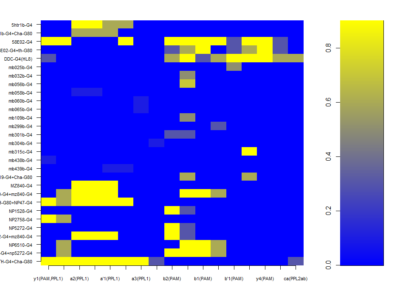
T-Maze experiments : screen results as on 25-06-2018
on Monday, June 25th, 2018 1:13 | by Naman Agrawal
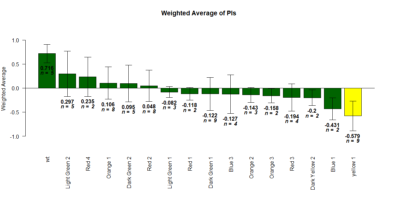
Yellow 1 (Positive Control): Gr28bd-G4, TrpA1-G4
Parameters:
Light: intensity (500 Lux side, 1000 Lux bottom)
frequency = 20Hz
Delay = 1 ms
Duration = 9.9 ms
volts = 6.4
Category: genetics, lab.brembs.net, neuronal activation, open science, Operant learning, Optogenetics | No Comments
Making new ratios for Y-maze
on Monday, June 18th, 2018 1:55 | by Christian Rohrsen
This is just to show that I am trying to find a new ratio so that all graphs have from -1 to +1 ranges. That is why now the difference in occupancy time is divided by the total time. The same with the speed. Because speed differences are so subtle, the Y axis scale has to be lower
Initial screen results
on Monday, June 18th, 2018 1:15 | by Gaia Bianchini
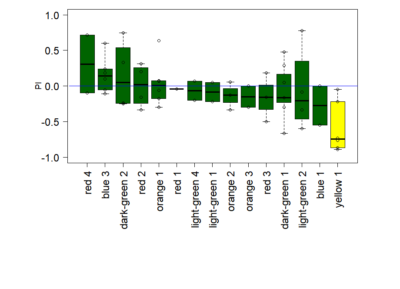
Yellow 1 (Positive Control): Gr28bd-G4, TrpA1-G4
Light: intensity (500 Lux side, 1000 Lux bottom), frequency (20Hz)
Category: crosses, genetics, lab.brembs.net, neuronal activation, open science, Operant learning, Optogenetics | No Comments
Calibration(of different units of intensity) for Tmaze and Joystick platform
on Wednesday, June 13th, 2018 12:38 | by Saurabh Bedi
- For the Joystick experiment – We continuously varied the light intensity at the tip of the optical fibre and measured it using the Lux meter at first and then in mW/cm^2. Then both these readings were taken down and the best fit was generated which depicted the measured fit. Now a theoretical fit was also generated and plotted. This is given below
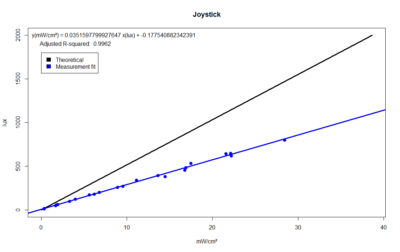
- We also did the best fit for the Tmaze experimental setup. We measured the light intensity on both sides of the chamber in between and took the average of it.
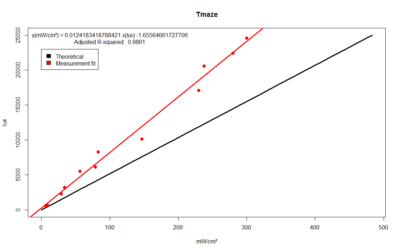
- The Information for plotting the theoretical fit was obtained from here: https://www.dfisica.ubi.pt/~hgil/Fotometria/HandBook/ch07.html
## 1 Watt = 517.031 lm at 590 nm
## 1 lux = 1 lm/m2
## Therefore: 517.031 lux = 517.031 lm/m2 = 1 Watt/m2 = 1000mW/mm2 = 10mW/cm2
Category: neuronal activation | No Comments
Best intensity of light for crimson channel in Joystick experiment
on Wednesday, June 13th, 2018 12:27 | by Saurabh Bedi
Used positive control flies (NorpA; UAS Crimson) to check what intensity of light is better for activating the crimson channel and for studying learning behaviour in the joystick experiment. Tested light in 3 intensity ranges to check what would be best suited.
- Initially, we were doing experiments at 700 lux intensity. We saw results which possibly point out to damaging of neuronal populations due to such high-intensity light. As can be seen in the graph below, there is a strong aversion in the first 2 minutes of the training period. However, this aversion drastically decreases later and a very strong phenotype is not shown later. This may prove the hypothesis that high-intensity
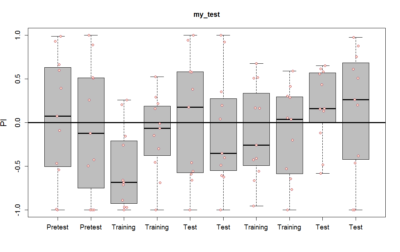 light(about 700 lux) may result in damage to neuronal populations.
light(about 700 lux) may result in damage to neuronal populations. - So we tried with two more light intensities – 400 lux and 100 lux. The graphs for these are att
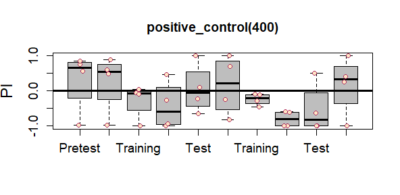
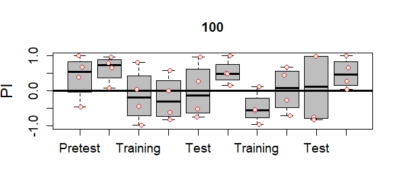 ached below. As can be clearly seen that now the results dont just show up for the first training segment but remain til the very end. This indicates that both 100lux and 400 lux light intensity are safe and do not disrupt neurons. Also, it can be clearly seen that there is a stronger and more pronounced effect with 400 lux light intensity. Thus we decide that 400 lux light intensity needs to be used for testing crimson channel expression for the joystick experiment.
ached below. As can be clearly seen that now the results dont just show up for the first training segment but remain til the very end. This indicates that both 100lux and 400 lux light intensity are safe and do not disrupt neurons. Also, it can be clearly seen that there is a stronger and more pronounced effect with 400 lux light intensity. Thus we decide that 400 lux light intensity needs to be used for testing crimson channel expression for the joystick experiment.
Category: neuronal activation, Optogenetics | No Comments
Tmaze experiments : Test for Blindness and Comparison with positive control
on Monday, June 11th, 2018 12:45 | by Naman Agrawal
Comparison between White 1 ( Control (NorpA- UAS Chrimson)) and Yellow 1 (Positive Control ( Gr28bd-G4, TrpA1-G4).
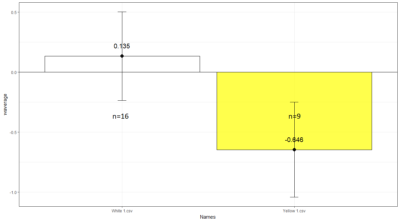
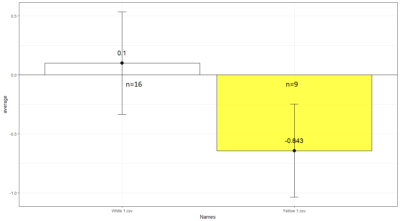
To test whether the flies are really blind, and there is no problem with the NorpA part of the construct, we compare with NorpA,UAS GTACR1 ; NorpA,UAS GTACR2 ; and another stock of NorpA-UAS-Chrimson.
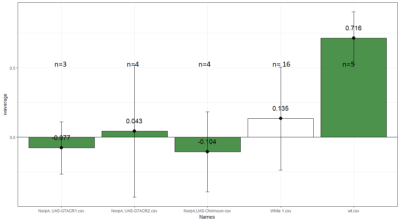
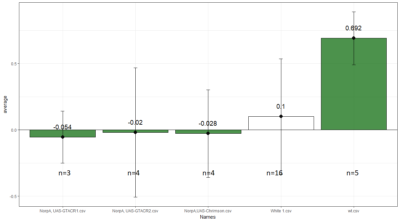
Weighted mean is calculated by multiplying the weights (total number of flies in that experiment/total number of flies in all the experiments) with the PI for that experiment, and taking the sum thereafter for all the experiments.
Category: genetics, neuronal activation, Optogenetics, TrpA | No Comments
Tmaze experiments initial results
on Monday, June 4th, 2018 2:16 | by Naman Agrawal
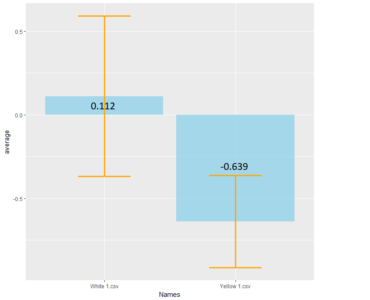
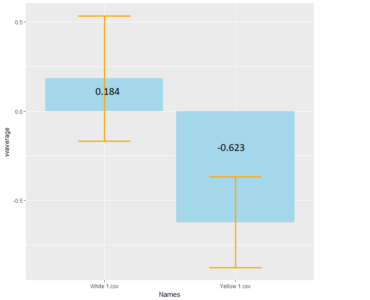 the first graph shows Bar plot of Mean and standard deviation of PIs for Genetic control (n=9) and Positive control (n=5).
the first graph shows Bar plot of Mean and standard deviation of PIs for Genetic control (n=9) and Positive control (n=5).
The second graph shows weighted mean and weighted standard deviation of the same.
Weighted mean is calculated by multiplying the weights (total number of flies in that experiment/total number of flies in all the experiments) with the PI for that experiment, and taking the sum thereafter for all the experiments.
Category: neuronal activation, operant self-learning, Optogenetics, TrpA | No Comments
Thornlabs spectrometer working!
on Monday, November 20th, 2017 2:59 | by Christian Rohrsen
After getting a new spectrometer, we confirmed that the first one was faulty. Comparison of old (1st and 3rd measures) and new (2nd and 4th) spectrometer. Now much more sensitive and the right spectrum measured for the green LED present in the spectrometer itself and for the light comming out of the light guide coupled with the red LED (whose spectrum does not seem to change after travelling through the light guide)
Category: neuronal activation, Operant reinforcment, Optogenetics | No Comments



